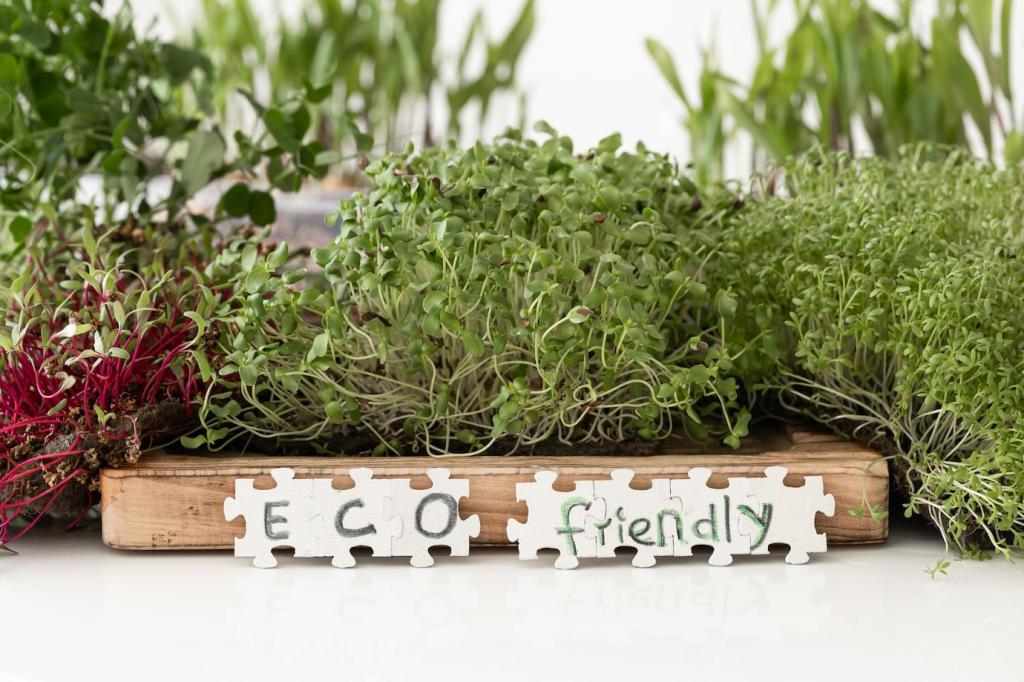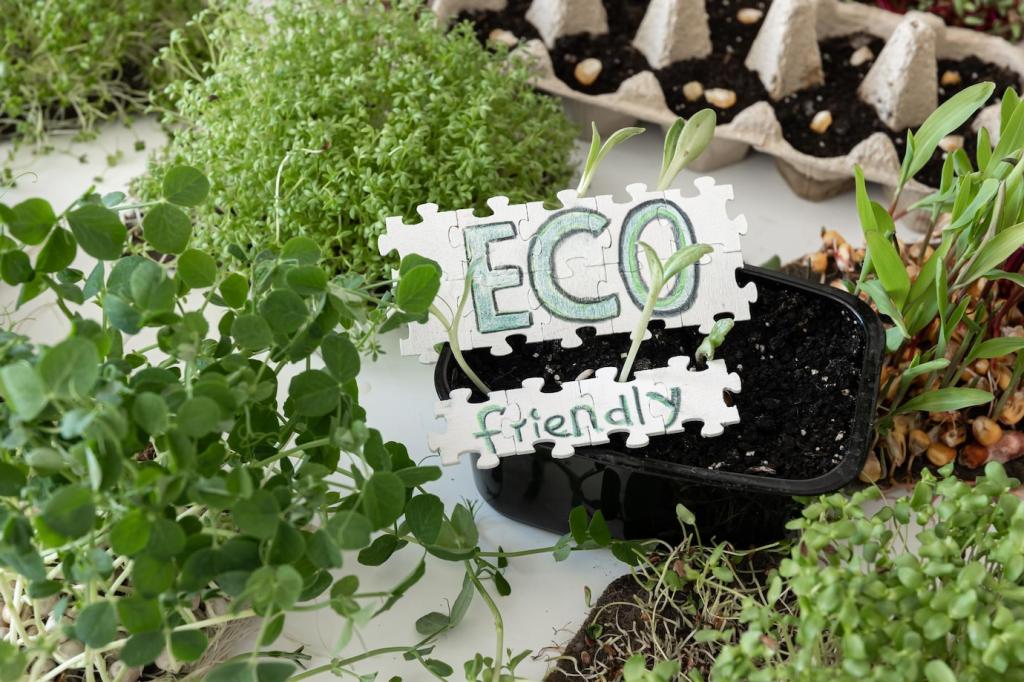
Sustainable Building Materials for Home Design
Today’s chosen theme: “Sustainable Building Materials for Home Design.” Step into a home-building future that balances beauty, resilience, and responsibility. Explore practical choices, heartfelt stories, and science-backed tips—and subscribe to stay inspired.
Wood That Heals Homes and Forests
Salvaged beams and floorboards carry stories and reduce demand for virgin lumber. A reader shared how nail marks and sun-washed tones turned their hallway into a conversation piece while keeping valuable material out of the waste stream.
Plant-Based Champions: Bamboo, Cork, and Hempcrete

Bamboo Flooring and Panels, Rapidly Renewable
Bamboo matures in a few years, providing dense, durable flooring and sleek wall panels. Specify products with low-VOC binders, and ask about strand-woven options for extra hardness in kitchens, hallways, and beloved, high-traffic family zones.

Cork Underfoot: Quiet, Warm, and Recyclable
Harvested from bark without felling trees, cork offers springy comfort, acoustic dampening, and thermal benefits. In a small apartment renovation, cork softened footsteps over old concrete, turning chilly mornings into warm, barefoot moments.

Hempcrete Walls That Breathe
A mix of hemp hurd, lime, and water forms insulating, vapor-permeable walls that regulate humidity. While not structural on its own, it pairs beautifully with timber frames and creates gentle, healthy interiors with a subtle, earthy scent.

Rammed Earth’s Sculptural Strength
Compacted layers of soil create walls with mesmerizing strata and serious thermal mass. When engineered correctly, rammed earth buffers temperature swings, reducing mechanical loads while delivering a serene, gallery-like backdrop for everyday life.

Recycled Brick and Stone Salvage
Reclaimed masonry brings patina and history while slashing new manufacturing impacts. Visit local salvage yards, check dimensions carefully, and celebrate slight irregularities that add texture, depth, and a quiet authenticity to your home’s story.

Lower-Carbon Concrete and Recycled Aggregate
Specify mixes with supplementary cementitious materials and recycled aggregate to reduce cement intensity. For countertops or pavers, designers are experimenting with polished recycled glass chips, achieving sparkle without the environmental price tag of virgin materials.
Healthy Insulation and Finishes for Calm, Clean Air
Cellulose made from recycled newspapers offers excellent thermal performance, while sheep’s wool naturally manages moisture and binds some indoor pollutants. Both options reduce synthetic content and can make attics and walls work harder, quietly and responsibly.


Healthy Insulation and Finishes for Calm, Clean Air
Grown from fungal networks, mycelium acoustic panels are lightweight, compostable, and surprisingly beautiful. In a home studio, they softened echo and invited conversation about biology, craft, and the joy of radically low-impact materials.
Choose Low-VOC Adhesives and Sealants
Adhesives, caulks, and sealants can be sneaky sources of fumes. Look for verified low-VOC or VOC-free formulations, ventilate during application, and schedule installations to allow curing before moving furniture back into rooms.
Formaldehyde-Free Composites and Plywood
Ask for no-added-formaldehyde (NAF) or ultra-low-emitting (ULEF) resins in plywood, MDF, and particleboard. Cabinet boxes and shelving built with these cores protect sensitive occupants and help keep new-home smell from becoming a lingering headache.
Ventilation That Complements Material Choices
Pair healthy materials with balanced ventilation and filtration. A simple heat-recovery ventilator can quietly refresh indoor air, supporting low-VOC finishes and making your home feel crisp, calm, and pleasantly free of chemical odors.
Stories, Lessons, and Your Next Step
A Townhouse Reborn With Cork and Lime
One family swapped cold tiles for cork, sealing with a plant-based finish, and refreshed walls with limewash. The result felt quieter, warmer, and more intimate—proof that sustainable materials can elevate comfort without sacrificing style.
A Coastal Renovation With Reclaimed Timber
Storm-damaged framing gave way to reclaimed beams, FSC decking, and clay plasters. The owners say the home now smells subtly of wood and earth, a daily reminder that resilience and beauty can absolutely live in the same space.
Join In: Share, Ask, and Subscribe
Tell us which sustainable building materials you’ve tried, what worked, and what you’d do differently. Ask questions, request comparisons, and subscribe for weekly deep dives, hands-on guides, and honest field notes from real projects.
